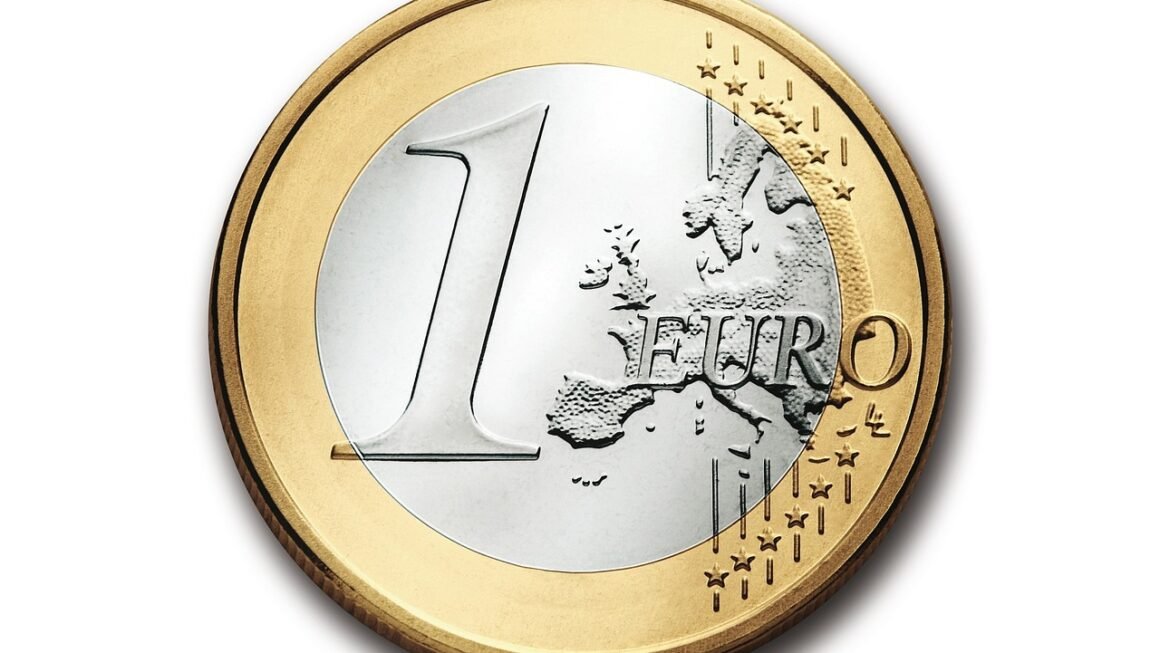In today’s competitive marketplace, simply acquiring customers isn’t enough. Businesses must actively cultivate relationships and foster meaningful interactions to build lasting loyalty. This is where customer engagement comes in. It’s the art and science of creating experiences that resonate with your audience, turning them into brand advocates and driving sustainable growth.
Understanding Customer Engagement
What is Customer Engagement?
Customer engagement encompasses all the interactions a customer has with your brand, across all touchpoints. It goes beyond simple transactions and focuses on creating a consistent, valuable, and emotionally resonant experience. A highly engaged customer is more likely to:
- Make repeat purchases
- Recommend your brand to others
- Provide valuable feedback
- Be more forgiving during service hiccups
Why is Customer Engagement Important?
Customer engagement is crucial for business success for several reasons:
- Increased Customer Loyalty: Engaged customers are more likely to stick with your brand.
- Higher Customer Lifetime Value (CLTV): Loyal customers generate more revenue over their lifespan.
- Improved Brand Advocacy: Engaged customers become brand ambassadors, spreading positive word-of-mouth.
- Valuable Feedback and Insights: Engaged customers are more willing to provide feedback, helping you improve your products and services.
- Competitive Advantage: In a crowded marketplace, strong customer engagement can differentiate you from competitors.
- Example: Consider a coffee shop that not only serves great coffee but also remembers your name, offers personalized recommendations, and hosts community events. This level of engagement creates a stronger bond than a simple transaction.
Measuring Customer Engagement
To improve customer engagement, you need to track and measure its effectiveness. Key metrics to consider include:
- Website Traffic and Bounce Rate: Indicates interest and usability of your online presence.
- Social Media Engagement (Likes, Shares, Comments): Reflects how well your content resonates with your audience.
- Customer Satisfaction (CSAT) Scores: Measures overall satisfaction with specific interactions.
- Net Promoter Score (NPS): Gauges customer loyalty and willingness to recommend your brand.
- Customer Retention Rate: Tracks how many customers you retain over a period.
- Customer Churn Rate: Tracks how many customers you lose over a period.
- Email Open and Click-Through Rates: Measures the effectiveness of your email marketing campaigns.
Strategies for Boosting Customer Engagement
Personalization and Customization
Customers crave personalized experiences. Tailoring your interactions to individual preferences can significantly boost engagement.
- Personalized Email Marketing: Send targeted emails based on customer demographics, purchase history, and browsing behavior.
Example: If a customer recently purchased hiking boots, send them emails about hiking trails in their area or related accessories.
- Product Recommendations: Suggest products based on past purchases or browsing history.
- Customized Website Content: Display content tailored to a customer’s interests and location.
- Use customer data platforms (CDPs): CDPs can help you consolidate customer data from various sources to create a unified customer profile and deliver more personalized experiences.
Creating Valuable Content
Providing valuable and relevant content is essential for attracting and engaging customers.
- Blog Posts and Articles: Share informative and engaging content related to your industry and target audience.
Example: A fitness company could create blog posts about healthy recipes, workout routines, or injury prevention.
- Videos and Webinars: Offer engaging video content that educates, entertains, or inspires.
- Infographics: Present data and information in a visually appealing and easy-to-understand format.
- Ebooks and Whitepapers: Provide in-depth information on complex topics related to your industry.
- User-Generated Content (UGC): Encourage customers to share their experiences and stories related to your brand.
Example: Run a social media contest asking customers to share photos of themselves using your products.
Enhancing Customer Service
Exceptional customer service is a cornerstone of customer engagement.
- Omnichannel Support: Provide seamless support across multiple channels, including phone, email, chat, and social media.
- Proactive Support: Anticipate customer needs and provide assistance before they even ask.
Example: If a customer’s package is delayed, proactively reach out to them with an update and an apology.
- Personalized Support: Train your support team to provide personalized and empathetic service.
- Empower your support team: Give them the authority to resolve issues quickly and efficiently.
- Collect and act on customer feedback: Use customer feedback to identify areas for improvement and enhance the customer experience.
Building a Community
Creating a sense of community around your brand fosters loyalty and engagement.
- Online Forums and Communities: Create a platform where customers can connect with each other and share their experiences.
- Social Media Groups: Build a community on social media where customers can engage with your brand and other fans.
- Events and Meetups: Host events where customers can meet each other and interact with your brand in person.
Example: A brewery could host brewery tours, beer tastings, or live music events.
- Reward Programs: Recognize and reward loyal customers for their continued support.
Leveraging Social Media
Social media platforms offer powerful tools for engaging with customers.
- Consistent Posting: Maintain a regular posting schedule to keep your audience engaged.
- Interactive Content: Use polls, quizzes, and contests to encourage audience participation.
- Respond to Comments and Messages: Engage with your audience by responding to comments and messages in a timely manner.
- Run targeted advertising campaigns: Reach new customers and promote your brand through targeted social media advertising.
- Monitor your social media channels: Track mentions of your brand and respond to negative feedback quickly and professionally.
Technology to Enhance Customer Engagement
CRM Systems
Customer Relationship Management (CRM) systems are invaluable for managing customer data and interactions.
- Centralized Customer Data: CRM systems store all customer information in one place, providing a comprehensive view of each customer.
- Personalized Communication: CRM systems enable you to personalize your communication with customers based on their individual preferences and history.
- Automated Marketing Campaigns: CRM systems can automate marketing campaigns, such as email newsletters and lead nurturing sequences.
- Improved Customer Service: CRM systems can help you provide faster and more efficient customer service by providing your support team with access to all customer information.
- Examples of CRM Software: Salesforce, HubSpot CRM, Zoho CRM
Marketing Automation Platforms
Marketing automation platforms help streamline and automate marketing tasks, freeing up time to focus on customer engagement.
- Automated Email Marketing: Automate email marketing campaigns based on triggers, such as website activity or purchase history.
- Lead Nurturing: Nurture leads through the sales funnel with automated email sequences and personalized content.
- Social Media Management: Schedule social media posts and track engagement metrics.
- Website Personalization: Personalize website content based on visitor behavior.
- Examples of Marketing Automation Software: Marketo, Pardot, ActiveCampaign
Chatbots
Chatbots provide instant support and information to customers, enhancing their experience and reducing response times.
- 24/7 Availability: Chatbots are available 24/7 to answer customer questions and provide support.
- Instant Answers: Chatbots can provide instant answers to common customer questions.
- Lead Generation: Chatbots can capture leads and qualify them for sales.
- Personalized Interactions: Chatbots can personalize interactions based on customer data.
- Example: A chatbot on an e-commerce website can help customers find products, track orders, and answer questions about shipping and returns.
Conclusion
Customer engagement is not just a buzzword; it’s a fundamental strategy for building strong customer relationships and achieving long-term business success. By understanding what customer engagement entails, implementing effective strategies, and leveraging technology, businesses can create experiences that resonate with their audience, foster loyalty, and drive sustainable growth. Prioritizing customer engagement is an investment that pays off in increased customer lifetime value, brand advocacy, and a stronger competitive advantage. Make it a central part of your business strategy, and watch your customer relationships flourish.



